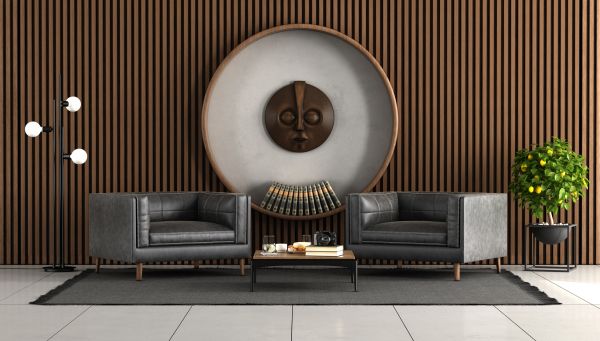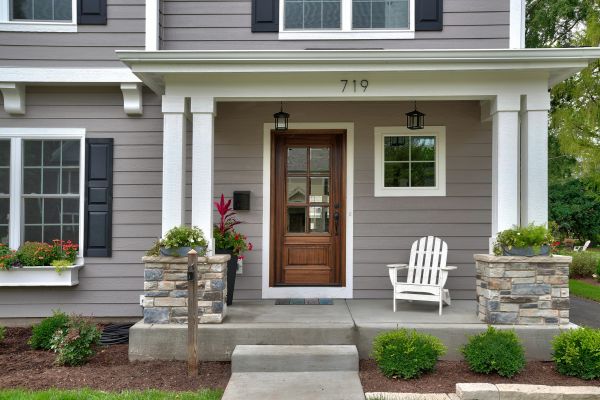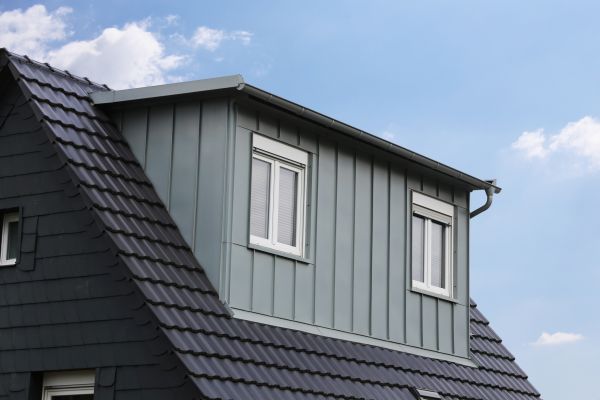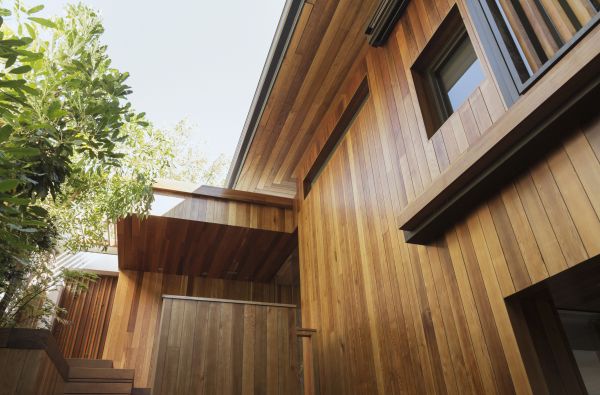Building Cladding Installation Service
Affordable Building Cladding Installation
Building cladding installation is a critical aspect of modern construction that involves applying a layer of material to the exterior of a building. This layer serves multiple functions, such as providing thermal insulation, enhancing aesthetic appeal, and protecting the structure from the elements. Cladding materials can range from wood and metal to composite materials and are chosen based on the specific needs and design preferences of the project. The importance of building cladding cannot be overstated, as it not only contributes to the energy efficiency of a building but also plays a vital role in its overall durability and visual impact.
Benefits of Building Cladding Installation
-
Enhanced Insulation
Building cladding installation significantly improves a building's insulation capabilities. By adding an extra layer to the exterior, cladding helps maintain a consistent internal temperature, reducing the need for excessive heating or cooling. This not only contributes to energy efficiency but also results in cost savings on utility bills over time.
-
Improved Aesthetic Appeal
Cladding offers a wide range of design options, allowing for customization that can enhance the visual appeal of a building. Whether aiming for a modern look with sleek metal panels or a traditional appearance with wood, cladding can transform the exterior of any structure, making it more attractive and potentially increasing its market value.
-
Increased Durability and Protection
One of the primary functions of building cladding is to protect the underlying structure from environmental factors such as rain, wind, and UV radiation. By acting as a barrier, cladding helps prevent structural damage and extends the lifespan of the building. This durability ensures that the building remains in good condition and requires less maintenance over time.
-
Sound Insulation
Cladding can also provide an additional layer of sound insulation, which is particularly beneficial in urban environments. By reducing the amount of external noise that enters the building, cladding contributes to a more comfortable and quieter indoor environment, enhancing the quality of life for occupants.
FAQs About Building Cladding Installation
What materials are commonly used for building cladding?
Common materials for building cladding include wood, metal, brick, stone, and composite materials. The choice of material depends on factors such as budget, desired appearance, and environmental considerations.
How long does building cladding installation take?
The duration of a cladding installation project varies based on the size and complexity of the building, as well as the type of cladding material used. Generally, it can take anywhere from a few weeks to a few months.
Does cladding require maintenance?
Yes, cladding does require maintenance to ensure it remains effective and visually appealing. The level of maintenance depends on the material used, with some materials requiring more frequent upkeep than others.
Can cladding be installed on existing buildings?
Yes, cladding can be retrofitted to existing buildings. This process can enhance the building's appearance, improve insulation, and increase its overall value.
Fill out the contact form to request Building Cladding Installation today and experience the benefits of enhanced insulation, improved aesthetic appeal, increased durability, and sound insulation. Professional installation ensures these advantages are maximized for your building.




